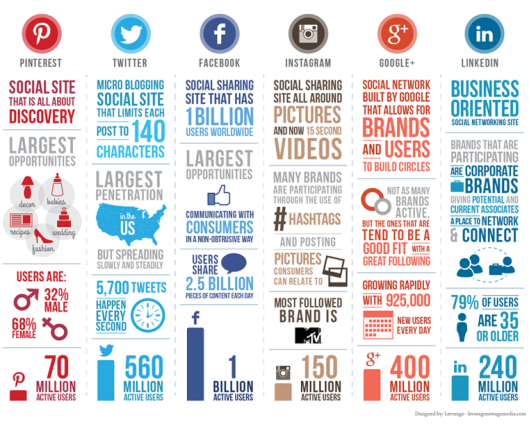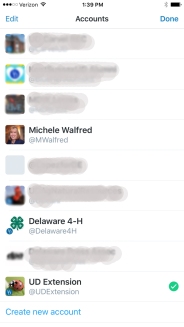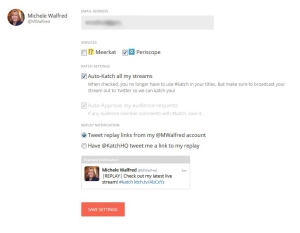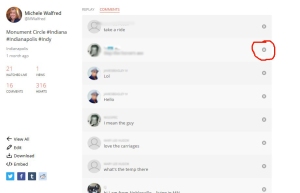Tags
#MeToo, Alabama, Brigantine, elections, memories, morality, New Jersey, pedophilia, politics, Roy Moore, scandal, sixties, summer
This is a social media blog, but I don’t have another platform venue to post this essay. But all across social media, women are sharing their #MeToo stories. Well, what happened to me never happened in the five decades that spanned my work experiences. I am lucky in that regard.
My version of #MeToo happened when I was 12.
An open letter to the voters of Alabama, December 5, 2017
Women don’t make this shit up. In 1968 something creepy and inappropriate happened to me. It was wrong. And it was hushed up.
For several years in the mid to late sixties, my family owned a summer cottage in Brigantine, New Jersey. The streets were lined with modest two and three bedroom one-story cottages with Jalousie windows and screen doors adorned with fancy aluminum scrolling. These little, one-season domiciles, many framed in blue and pink hydrangeas, were occupied by housewives and their children on loan to this tiny Jersey oasis while their husbands worked back home in Wilmington and Philadelphia. The men would come down to their families on the weekends.
Those sixties summers were idyllic and carefree. Within a two street, two block range, a half-dozen of the wives connected and formed a network, filling those summer days with sun worshipping, adult beverages, laughter, and gossip. On nice beach days, my mother’s cadre formed a large semi-circle with their woven-webbed loungers facing the Atlantic Ocean. They were a mixture of cultures and religions. Irish and Italian Catholics, and Jewish. They got along famously. They sipped drinks, swatted green-head flies, and talked about their lives against the soundtrack of AM transistor radios and my squealing, vernal playmates.
It was an era generally free of caution. We skipped the sunscreen, but we did wait a half an hour after eating before it was safe for our toes to touch the tide once more. If we weren’t at the beach, after breakfast, off I’d go to explore, bounded only by a promise to return in time for dinner. I fondly remember several summers, discovering how to dig for clams, burning punks, wearing candy necklaces or smoking candy cigarettes. I listened to Herman’s Hermits “Mrs. Brown You Got a Lovely Daughter” or songs like “Sunshine of Your Love” by Cream, which my older brother played non-stop.
Four or five regular playmates of mine kept occupied each summer. Carl S., lived on the same street, one block closer to the beach. Carl was from Philly and Jewish, as was Howard F., who was a year older and lived the next street over. Directly across the street was Eileen W., who like me was Catholic. Her mother was from Ireland and she talked funny. My mother called it a ‘brogue.’
In the summer of ’68, Howard introduced the gang to a new friend, Joey, whose family was Italian, and they lived next door to Howard’s cottage in Brigantine. Our friendships had no rules. We would call upon each other at random to play or explore our little part of the Jersey shore. I discovered Star Trek in summer reruns and we were all fans. We practiced the Vulcan greeting “Live Long and Prosper” with our hands. The summer of 1968 I was twelve and a half years old.
It was a Saturday that summer when it happened. My dad was down for the weekend. When I left the house with the screen door banging behind me he was sitting in a red leather chair watching a Phillies game.
I decided that day to go one street over and see what Joey was up to. I remember him as younger than the rest of us, a little shorter, gentle and nice. Their permanent home was Philadelphia. I don’t remember their Italian last name, but I do recall it began with a “C.” Their cottage was white with black shutters. I tapped on Joey’s front door and Joey’s mom answered. I asked if Joey could come out to play. I was told to come in and wait. Joey had stepped out but was expected back soon. In that era, we left the house without giving our parents any agenda. It was a quiet and safe environment. We often spent the entire day outdoors.
Joey’s mom was in the kitchen in the back of the cottage. Joey’s father, like my dad, was down for the weekend and watching the same Phillies game.
Did I want to help with the arrangements? Mrs. C. asked. Joey’s dad suggested I join him in watching the game, That felt more familiar to me than flower arranging so I agreed. My dad and I watched games together all the time. I was a fan! Thanks to my older brother and my dad, I knew all the players’ names, their numbers and the positions they played. So Mrs. C. resumed her flower arranging in the kitchen without me. These were the days before “open concept” floor plans, so she literally disappeared from view.
Their sofa was under the large picture window that faced the street and their TV was off to the right. He coaxed me to sit closer and soon I was right next to Mr. C., I had been raised to be respectful of adults. He was very Italian looking as I recall with thick, salt and pepper hair. He may have been in his 40s, but maybe late 30s. He was wearing a white T-shirt and tan pants.
While we were watching the game, he suddenly took my right hand and placed it on the inside of his upper thigh. He kept his hand on top of mine. He dressed left. I didn’t know what that meant at the time, but I do now. I felt a spongy texture along the inside of his leg as he took control of my hand, squeezing it repeatedly, all over that area of his upper left thigh.
I had no — zero — knowledge of male anatomy, but I instinctively felt something was wrong. Boys had “pee pees” but that was all I knew. This was decades before all the “private area” talk that came later in the 80s when I raised my daughter and had those conversations. Joey’s father asked me if I had done this before. Surely I had, he said. I shook my head no. No? I asked myself what he meant by that? With my dad? With myself? I was puzzled and I am certain it showed. Not ever? He persisted. He wanted a confession out of me. He kept squeezing my hand onto his body.
My gut instincts were confirmed when Mrs. C. returned to proudly show off her progress with the arrangement. Mr. C. had quickly darted my hand off his body and resumed his baseball-watching slouch. As soon as she left, he quickly grabbed my hand under his and resumed the behavior, talking to me and trying to get me to admit I had done something like this before. Several minutes passed.
A knock at the door broke the pattern. Howard, my other playmate stopped by to see if Joey was home. He acknowledged me – and I remember then – at that specific time — that he gave me a funny, warning look, but he did not hang around for very long or directly try and bail me out of my predicament, and I did not take the opportunity to leave right then and there. Seconds after Howard left my anxiety returned as Mr. C. for the third time, resumed his mission.
I remember thinking to myself, something is seriously wrong here, though I didn’t know exactly what or why. But I felt increasing danger. How do I get out of this gracefully? I felt the need to work out an exit. I may have been there 10 or 15 minutes in all. Possibly longer. But when Mrs. C. returned to the living room with her final horticulture artistic reveal, I did not hesitate. I had my natural exit. I distinctly recall feeling it was best to leave without raising any alarm. I felt the need to trick Mr. C. into thinking everything was fine. I remember working through the strategy. That memory remains very strong. Some kind of self-preservation kicked in. I felt I needed to set him at ease before I left. I didn’t want him coming after me.
Looking directly at him, I deliberately smiled at him and said, “Well I have to go now. I will see you tomorrow, okay?” He returned the smile and seemed relieved and said “Okay” and I left that house.
Aware he might be watching me out of the picture window, I purposely skipped, la la la, carefree, down the sidewalk to the end of the block. When I turned the corner, safely out of his view, I broke out into tears and ran. I ran faster than I ever ran in my life, and the tears accelerated along with each stride.
My dad was still in his red chair watching the Phillies and I jumped on his lap and sobbed out the whole sordid story. He must have been in utter shock. He called my mom and told me to tell her what happened.
Mom took me into their bedroom, calmed me down as I sat on the edge of the bed next to her. Mom asked me to take her through, step-by-step, what transpired only minutes before, and I reenacted the scene with Mom playing the part of Mr. C.
Details are cloudy after that but I have a few distinct memories. Minutes after telling my parents, a bunch of women — the beach moms —collected outside our house and were talking and pacing. I can’t remember where my dad went. Someone was likely trying to prevent a murder.
A few ladies paid close attention to me at the beach the next time we all gathered there. Asked how I was, that sort of thing, but they saw I was fine, and I was for the most part, so the incident was never brought up to me again by anyone.
Weeks later I remember feeling terror at being left alone when my parents were two houses away at a party, within my view, I was a responsible young lady and had just begun to babysit that summer, but now I did not want to be alone. I remember kneeling on the sofa, looking out of the living room window, bellowing screams from my lungs until someone heard me. They came and got me and I joined the adults. That is my first memory indicating that something was different. A feeling of being vulnerable. I never walked down Joey’s street again and would beg my parents not to drive down that street. I never wanted to see that house. I never played with Joey again — never had the opportunity to — and the other moms found excuses not to include her in their activities.
No one ever did anything. Not that I am aware of. I was never asked to recount the incident other than that one time for my mother. It was not an incident. It was a crime. The crime was not reported. I don’t know what was said or what rationale was applied to keep my father, a fearless 6’2” 200 lb. WWII veteran from sending that pervert to the hospital, but evidently calmer, quieter voices prevailed. Mrs. C. probably never knew why she was suddenly out of the group loop.
Keep things quiet. That was the way.
The summer cottage in Brigantine was sold the next year.
A year or so later, we were invited to Howard’s Bar Mitzvah in Philadelphia. All of the Brigantine crowd were there. If my parents had known that “he” would be there, we would not have gone, or they would have gone without me. But, Mr. & Mrs. C. were invited and present. After all, they were that family’s summer neighbors. Not inviting them would have caused friction. Keep up appearances.
I remember seeing him at the after party. I did not speak to him. He looked at me and I at him while I simultaneously clung to my father and dad protectively wrapped his arms around me. My father and Mr. C. were face to face among polite company. I don’t know what looks were exchanged between them, but empowered by my father’s presence and protection I stared that sicko down and my eyes told him that my father knew all about what he did and I was the one that told him.
That was the way things were handled then. No scenes were made, no charges filed. No record of what Mr. C. did to me that summer exists. What a sick person to do that to a child with his wife in the next room! What would he have done to me if his wife had not been home when I knocked on that door? How many other children did he victimize? I suspect from what I have read about this particular perversion, it is a compulsive sickness, so I am sure there were others.
I am certain he is long since dead. But if he were alive, and if he had become famous, a politician perhaps, a person asking to hold a position of trust, integrity, and leadership, a person who established his identity around morality and faith, would anyone believe me and my story?
Whatever political party Mr. C. may have belonged to, and my party affiliation today has nothing to do with the reality of my experience and the memory I have carried since. It could have been a lot worse for me. I was lucky it only got so far. The experience taught me to be careful.
I never felt scarred from the event, but it did affect me nonetheless, perhaps in ways never clearly defined or manifested. The memory only surfaces when I hear or read about pedophilia. Some details, like his last name I have tried hard to recall. I don’t remember what I was wearing, but I remember his tan pants and white shirt. The worst moments of the visit are seared into my memory and I can bring them back as if it happened yesterday. When these news stories broke, relayed by women who were once little girls and adolescents — memories regurgitated as accusations against a candidate for the U.S. Senate, representing Alabama, I immediately believed them. I recognized their anger and indignation. I recognized their right to speak their truth.
Women don’t make this kind of stuff up. Not for financial gain, for 15 minutes of fame or as a pawn in a political game of chess, but for the purpose of justice. Whatever or whomever the catalyst — Bill Cosby, Harvey Weinstein, Roy Moore — we all have a right to react differently. Many feel empowered to rip off the nasty, crusty non-healing scab of an experience and expose it to fresh air. We own the awful memory — we own when, or if, we choose to reveal it. The spectrum of sexual harassment between adults is complicated. But pedophilia is a special kind of reprehensible, sicko creepiness. Believe me when I say, those of us who are unfortunate to have encountered a child predator wish we had another, happier story to tell.
.

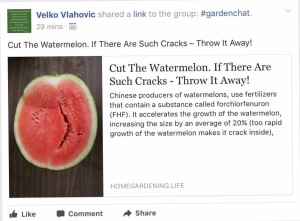

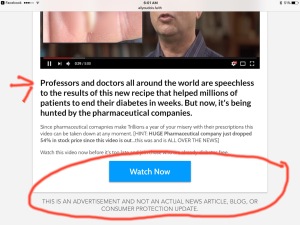

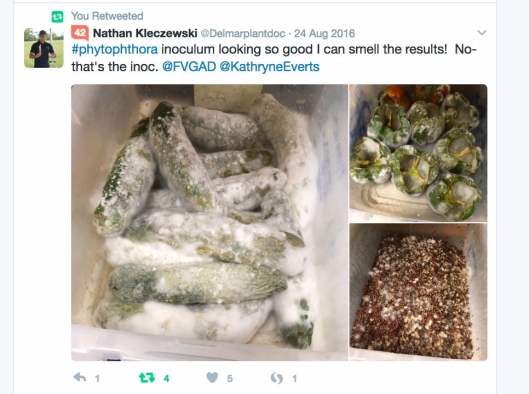

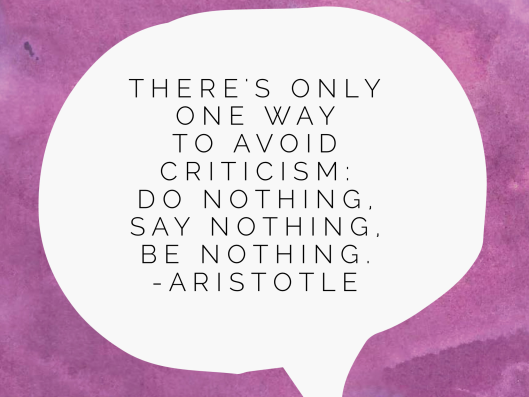
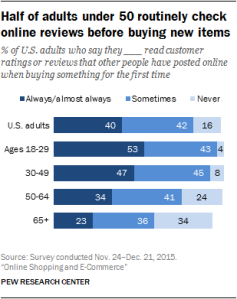

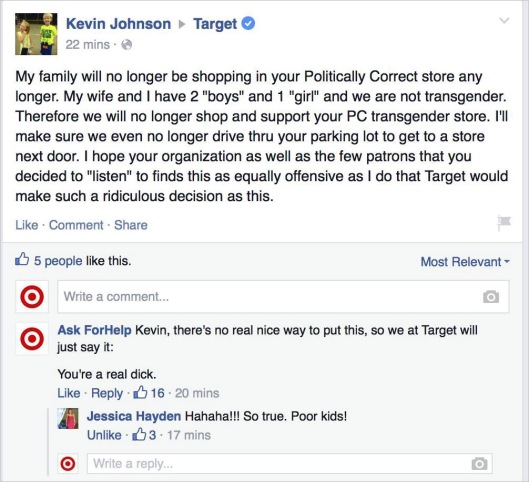
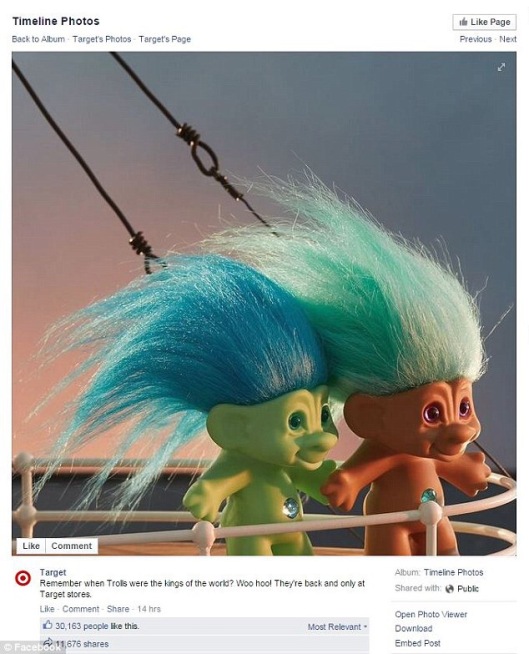
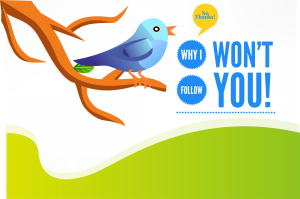

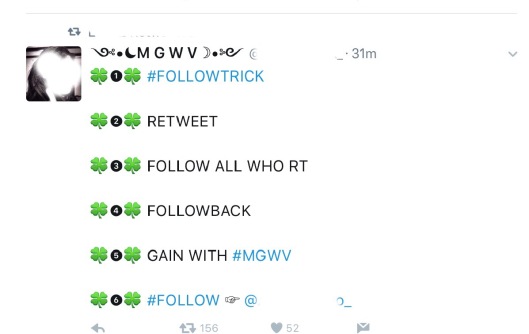

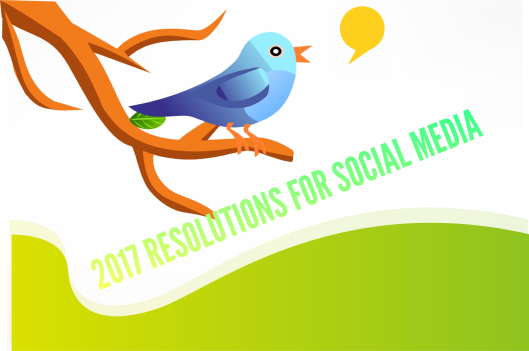
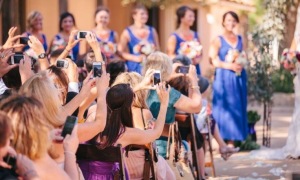


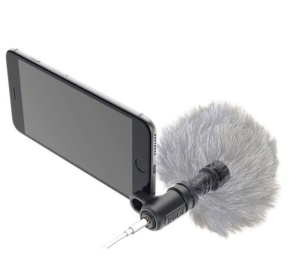
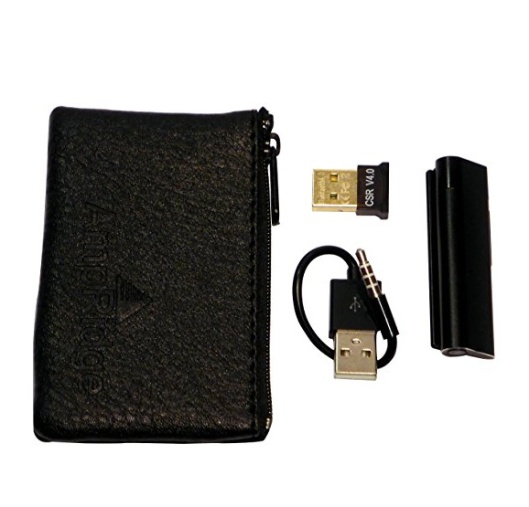

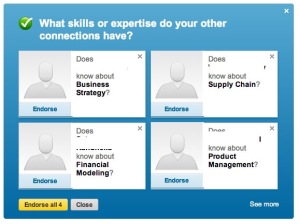
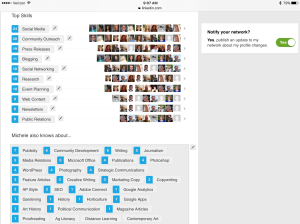


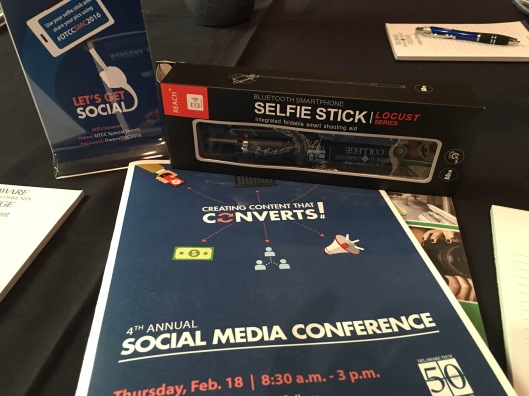
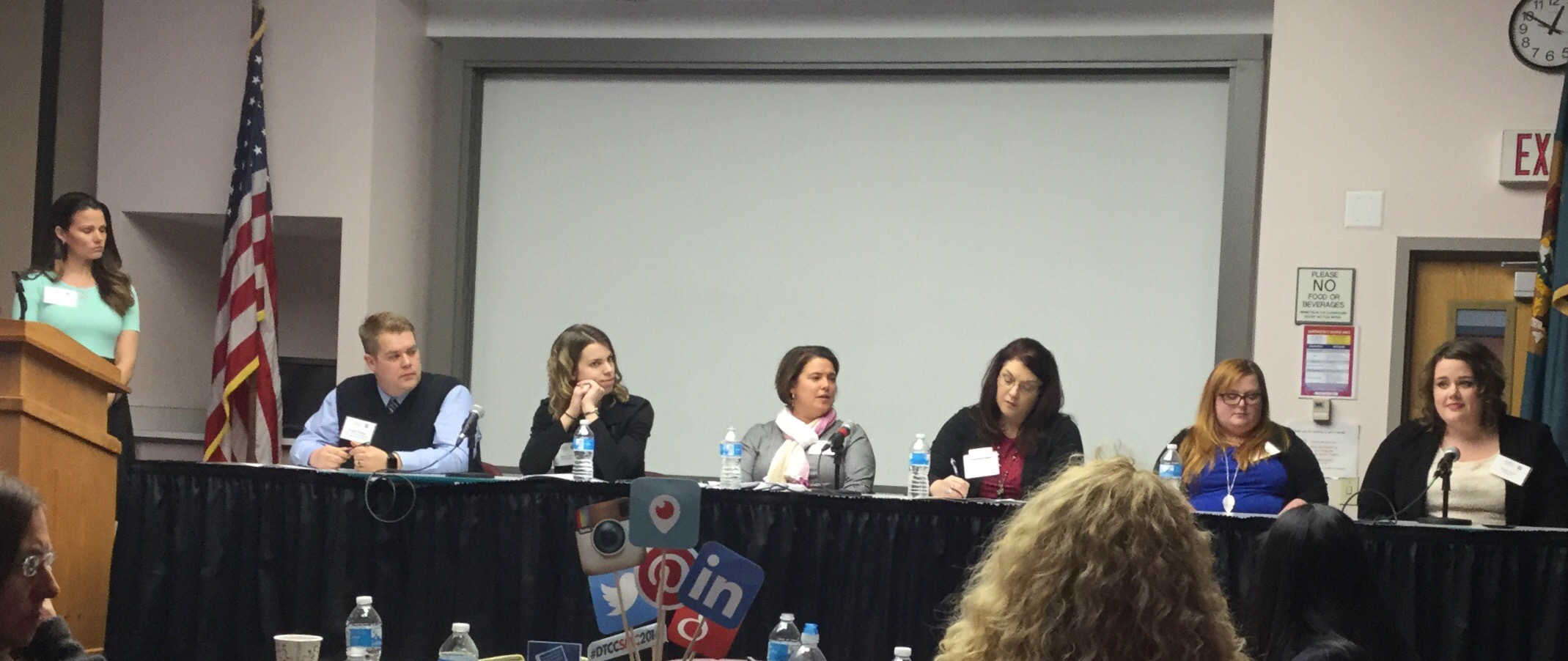

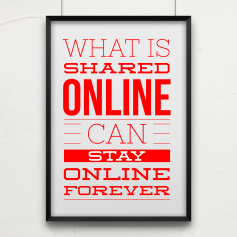
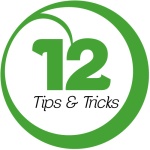
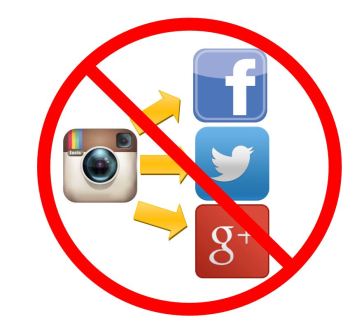 I know a guy, I’ll call him Joe, and Joe has a really cool produce stand. I follow Joe on Instagram, Twitter and Facebook. I also read his blog.
I know a guy, I’ll call him Joe, and Joe has a really cool produce stand. I follow Joe on Instagram, Twitter and Facebook. I also read his blog.


